Peru is a country that became even more famous since Machu Picchu ruins were elected one of the New 7 Wonders. But even before that, it was already a quite popular destination for this and other wonders of the Inca empire and other civilizations that inhabited that region.
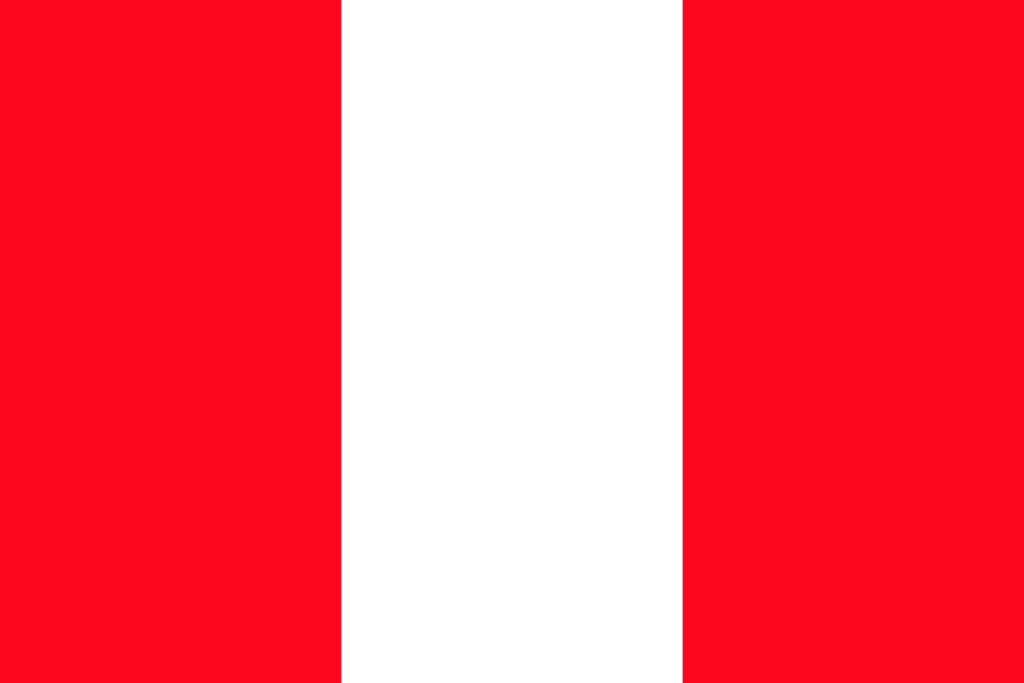
Capital: Lima
Official Languages: Spanish, Quechua, Aymara, and other indigenous languages
Currency: Sol [ S/ ]
Time zone: UTC-5 (PET)
Total Area: 1 285 216 km2
Population: 32 824 358
Driving: on the right
Climate: a combination of tropical climate, rocky mountains and two ocean currents are the characteristics that contribute to such a big climate diversity in Peru. The coastal areas with few rainfall, mild temperature and high humidity. The rocky mountains with frequent rainfall during Summer, with low temperatures and icy peaks of the Andes. The Peruvian jungle is characterized by intense rainfal and high temperatures almost all year round.
A bit about Peru’s history
Peru’s history starts way before the European invasions and the colonization of the Americas. There were found remains of artifacts with more than 11 000 years! And around the sixth millennium BC the first civilizations started to appear.
The pre-Inca civilizations
The first people were mostly nomads and they appeared around 6000 BC in some coastal areas, and also in Callejón de Huaylas mountains. During the following 3 000 years they started readjusting to a more local life style, with agriculture and domestication of animals for their skins and wool.
With these life style changes, they started gathering in the same places leading to establish a few villages. And therefore, a few societies and a few civilizations started to appear. Both in the coastal areas as in the rocky areas of the Andes.
The first known city of the Americas was Caral, located about 200 km north of Lima, and it was founded around 2500 BC. This civilization is designated by North Chico, and it consisted in about 30 pyramidal structures, with terraces in several levels, some reaching 20 meters high. Caral was considered as a birthplace of civilization.
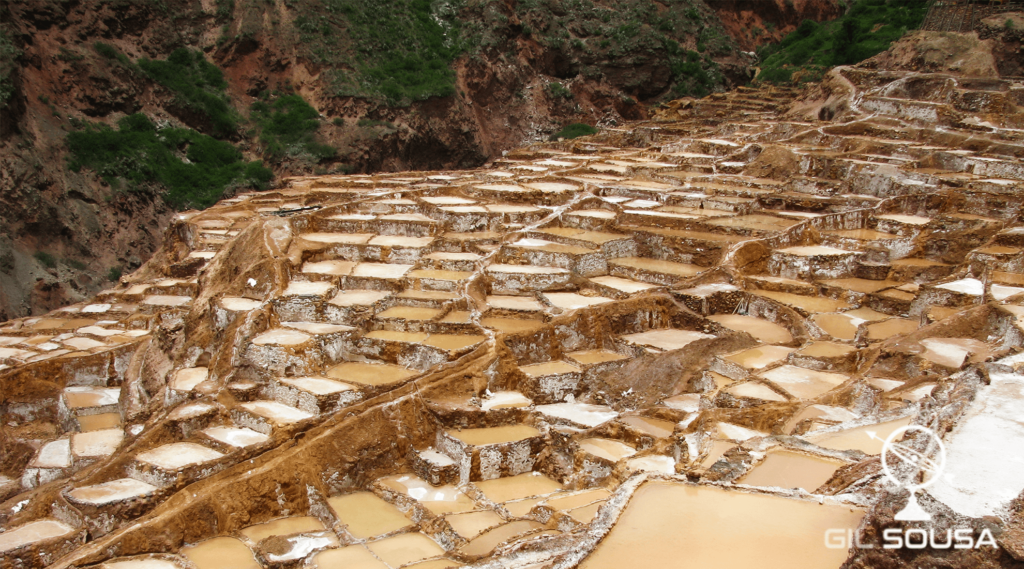
In 2005 and 2006 there were discovered traces of irrigation channels. Which indicate that maybe agriculture existed way before then initially thought. And in 2006 a team found a 4200 years old observatory. Which lead to believe that society back then already had knowledge of the importance of seasons for agriculture.
Several civilizations emerged, like the Nazca well-known by the Nazca Lines and their textiles, and several other costal civilizations and in the Andes. Due to frequent floods and draughts, the costal civilizations ended up disappearing, strengthening the Andes civilizations. Of these civilizations of the Andes, several state-cities emerged, and two empires. Chimor and Chachapoyas. These civilizations developed advanced techniques for farming and handling precious materials , like gold and silver, weaving and pottery. Around 700 BC the first traces of social organization started showing up, which later lead to the origins of the Inca civilization.
The Inca Empire
The Inca empire is, without any doubt, one of the most important pieces of Peru’s history. And it is also the subject that most people know about Peru, mostly due to the tourism that attracts so many people to the country.
The Incas built the largest and most advanced empire and dynasty before the colonial era. It was divided in 4 big territories or regions, covering areas from Ecuador and Colombia, to the north of Chile and parts of Argentina.
The empire had its origins in a tribe based in Cusco, which naturally became the capital of the empire. Despite the fact that these expansions were either really violent or using diplomacy, with marriages between the Inca leader and the leaders of small kingdoms, they didn’t forced those nations to give up their culture and language. With just one single detail, they would have to acknowledge the Inca culture as superior. The Sun was a the most important god of the empire, whose representation on Earth was the Inca himself. The official language was Quechua, but other nations could keep their own languages.
With such a vast empire, they also had an impressive transportation system, with roads to all corners of the empire. Known as the Inca Trail.
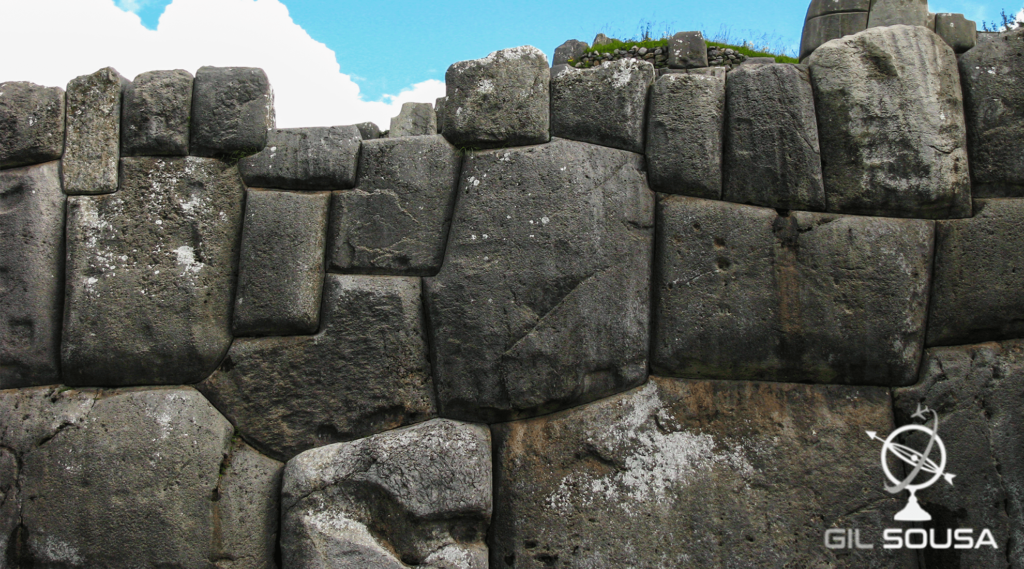
Nowadays the Inca Trail is mostly known by the train from Cusco to Machu Picchu, the Inca city that lies 70km north of the city. Interestingly, an unknown place to the rest of the world, but known among locals. It is also, wrongly, known as the Lost City of the Incas, but in fact it wasn’t just known to the western men. Hiram Bingham III, the archeologist who “discovered” the city, even referred to it as a place “scientifically rediscovered”.
The colonization of Peru
The Spanish arrived the territory that is nowadays Peru in 1531, drawn by the rumors of a rich and vast kingdom. But a few years earlier, the territory was “visited” by a “gift” introduced by the conquistadores. The smallpox virus, that was introduced in the region of Panama, and that spread to the Inca Empire. The virus reached the royal family, which killed the Inca and his heir, which lead to the collapse of the political structure of the empire and a civil war between the siblings of the Inca. The Spanish took use of this political instability to take over the empire. In 1534 Cusco was already a new Spanish colony.
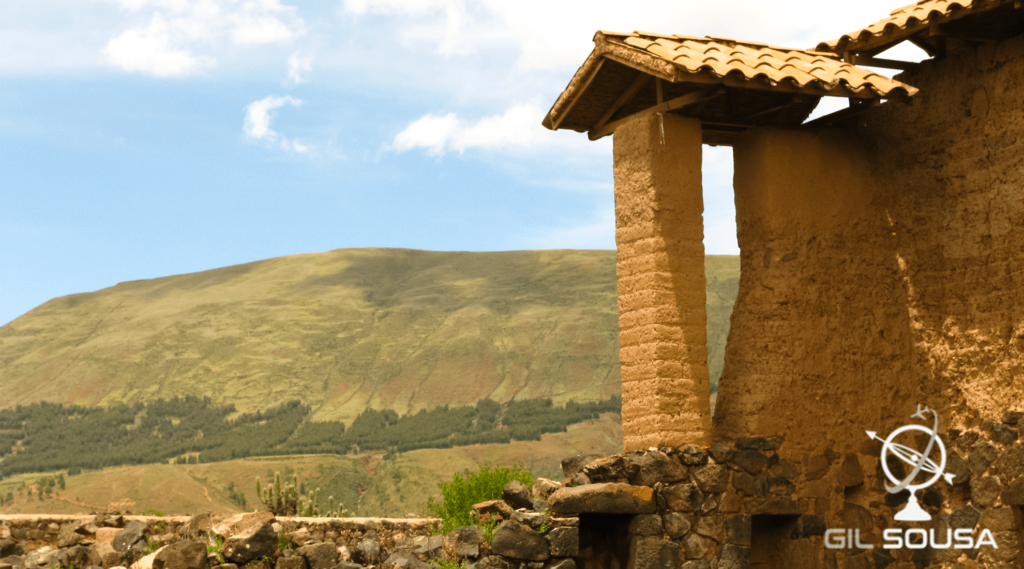
During my trip through Peru, the tourist guides explained to us how the colonization happened and the religious conversion of native people. One of the stories they shared with us was that the condors were considered as gods. The Spanish captured a few condors and beheaded them in the middle of Cusco main square, as a power demonstration. Even the religious symbols were all replaced, the sun was then called as god, as the “entity up in the sky”. Even churches were built in a way to intimidate and not welcome. When we visited one of the most beautiful churches in South America, the guide explained to us that the dark and cold style of the church, and even the organ was all an orchestrated way to induce fear, with such sounds in a such hostil environment. With this intimidation, the natives started fearing this new religious, and slowly they were being converted.
From Peru’s independence to current times
During a period when several Spanish viceroyalties started fighting for their independence in South America, started by Simón Bolívar of Venezuela and José de San Martín of Argentina, Peru joined these movements. The independence wars lasted 13 years, from 1811 to 1824.
In 1822, during a conference to try to decide the future of Peru, San Martín supported a constitutional monarchy while Bolívar opted for a republic. But both agreed that the country should become independent from Spain. After the conference, San Martín abandoned Peru and left the independent on Bolívar.
The Peruvian congress designed Bolívar as the dictator of Peru in 1824, and gave him powers to reorganize the political and military administration. Spain tried to reclaim the colonies in two occasions, and only recognized Peru’s independence in 1870.
After the independence Peru went through several phases as a Republic. Right at the beginning, as an independent territory they had several territory disputes with the neighbor countries, and an attempt of union with Bolivia, which didn’t last long.
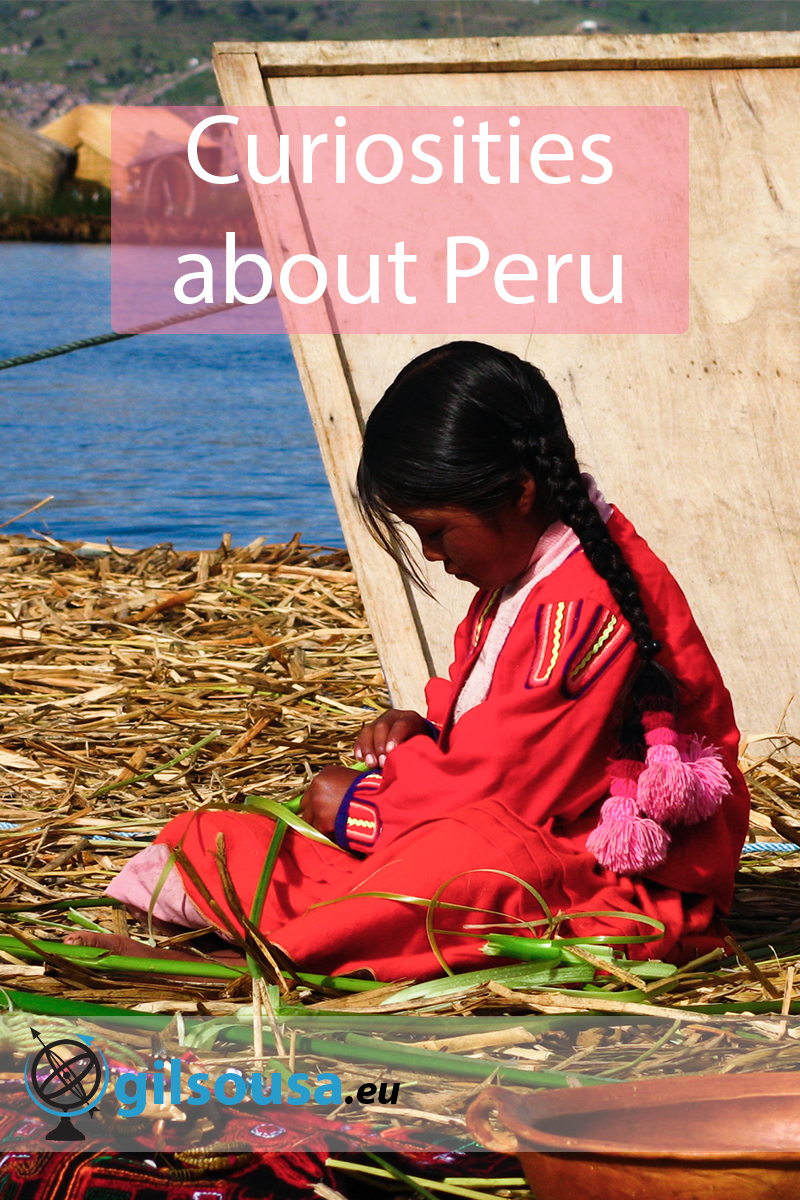
Due to the conflicts between Bolivia and Chile, Peru ended up being dragged into a war with Chile. This war for territories ended up being “resolved” by the United States through the Treaty of Lima, where two departments were attributed to each country. Due to extreme pillaging of Peruvian cities by the Chilean troops, this left scars in the relations between these two countries that last until today. Almost 150 years have passed since this dispute.
Between the 30s and the end of the 70s of the last century, the Peruvian government interchanged between democracy and militarism. This during a period when several countries around the world were facing strict dictatorships. The democracy was finally restored in 1979, which lasts until today.
Some curiosities about Peru
- Roasted guinea pig is a traditional dish.
- Peru is one of the richest countries in regards of natural resources, being the 6th biggest exporter of gold in the world.
- Cerro Blanco is the biggest sand dune in the world!
- The potato has origin in Peru! There are over 3000 different types of potato being farmed in the whole country.
- Almost 60% of the country is Tropical jungle, despite the fact that almost all Amazon jungle is in Brazil, 60% of the country is part of the biggest jungle in the world.
- There are more than 90 micro-climates in the country, and there are several endemic species in the country, which makes Peru one of the countries with the biggest biodiversity.
- The majority of weaving techniques used nowadays were created by the Peruvian people.
- There is a Peruvian fruit with 60 times more vitamin C than oranges! Have you heard about Camu camu?
- The local people use coca leaves for centuries, and they are being sold freely in the streets. They are mostly used to chew or for teas. They are stimulants to give energy, and to help overcoming altitude sickness, among other things. The cocaine only started being produced in the 80s, but the leaves don’t do the same effect and are perfectly legal.
- Surfing is a tradition of at least 2000 years in the coast o Peru.
- The biggest flying bird in the world is native from Peru, the Andean condor.
- Besides potatoes, also tomatoes have origin in the area of the Andes. However, it was more up north where they started being farmed, by the Aztecs.
- Machu Picchu is an observatory. Each sun temple and the Intihuatana stone are aligned with the sun for each solstice.
- Lake Titicaca is the navigable lake at highest altitude in the world.
- Puya raimondii is a plant that can reach heights of 5 meters, and it takes between 80 to 150 years to blossom. This plan only exists in the Andes, at altitudes between the 3000 and 4800 meters.
- The Nazca Lines were discovered in 1927 by military and civilian pilots that were passing that area, however there are documents that prove that during the colonization period they thought it was trails.
- The Maras Salt Mines are still being explored today like in the Inca period. Some of those salt pans are being passed from generation to generation, since the Incas.
- The Amazon River source is in Peru.
- The marital status of a Quechua native woman is clearly identified by the hat she uses. Married women use straw hats, while the single ones use hats made of fabric.
- There are more than 55 types of corn in Peru, of several different colors. They eat corn in various ways, even as a juice!
- There are floating islands in Peru, in Titicaca lake, where several families live. They are the Uros islands.
- There are penguins in Peru!
- Some areas pf Atacama desert in the south of Peru are so arid that they only had 2 cm or rain in the last 30 years.
- The oldest human mummy was found in this desert.
- The name of the climacteric changes El Niño have origins in Peru, of the warm currents from the Equator that reach Peru every year around Christmas. Hence the name, El Niño (“The baby boy” Jesus)
- Before marriage, the future couples have to pass through a “service” period, during which the bride works with the mother-in-law, and the groom works with his father-in-law. And usually they only can marry after they conceive a son, as proof of fertility.
- The oval skulls can be seen in Peru. In fact they are human skulls, and it is thought that the babies had their skulls shaped with boards so they would grow with this format, and being recognized as part of royalty.
- They believe that Caral-supe is the oldest site occupied by humans, in the Americas. With more than 5000 years!
- The deepest canyon in the world is also in Peru, it’s name is Cotahuasi Canyon, and it is almost twice as deep as the Grand Canyon!
- The Inca Empire was largest than the Roman Empire at its peak!
When is the best time to visit Peru?
For the tropical areas, the best times to visit don’t always match to Summer and Spring seasons. There is a “season” known as rain season, and in fact it is during Summer in Peru, and the dry season which is in Winter. Odd? But that’s how weather is in that area.
Therefore, the best time to visit Peru is during the dry season, which is between May and October. When the days are sunnier, with blue skies, but cold nights. It is an excellent time to visit the country, mostly if you are planning to hike or even multi-days hikes.
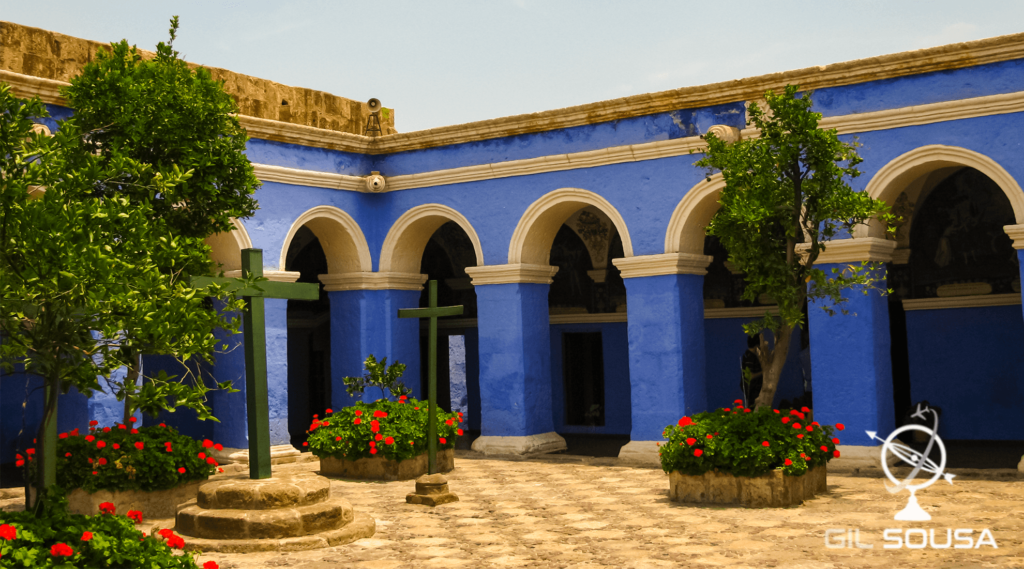
Between November and April the rain fall will be more frequent, being January and February the months with higher precipitation. We were lucky during our visit, we went in the end of February and we only got rain during the night. But really heavy rains…
But if the rain doesn’t bother you, then this time is perfect for you. Less tourists, and everything is greener. Even the prices are generally lower than in high season.
Being such a big country, and with so many distinct micro-climates, it is important to take into account that from one side of the country to the other everything can change. While in the Amazon jungle you’ll have a very tropical weather, with heavy and intense rains, you will also have heat all year round. While at the coast, closer to the Atacama Desert, the climate is extremely dry and hot.
Basically, my recommendation is to visit the country from April to June, and from September to November. When the chances of having a nice weather are quite good, but still not too crowded with tourists.

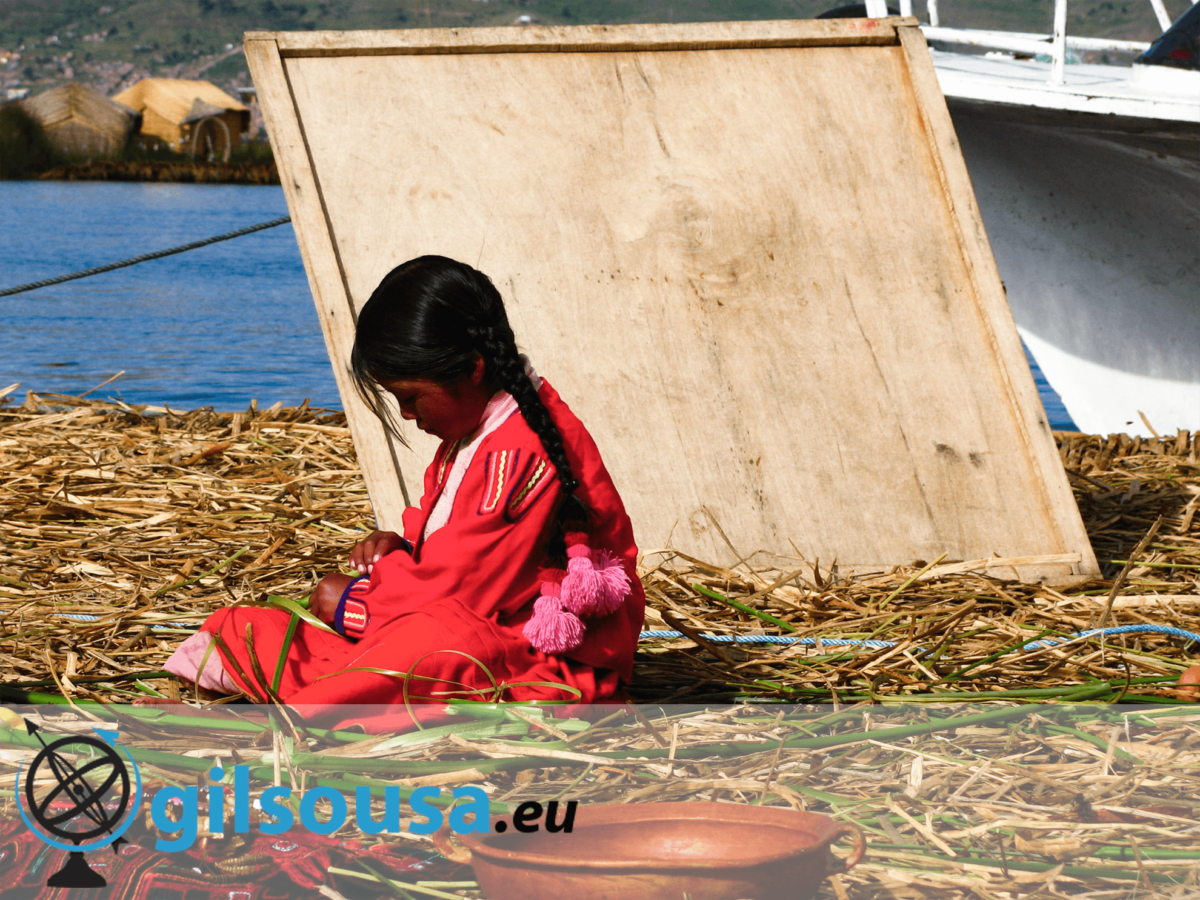

Leave a Reply